China-Taiwan: A dangerous relationship
- Update Time : Wednesday, January 22, 2025
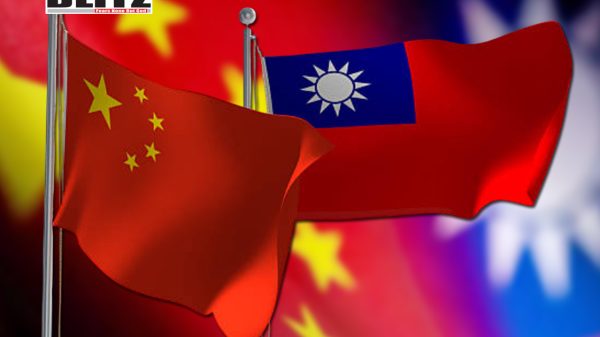
The relations between China and Taiwan are constantly tense since their de facto separation in 1949 and are causing tension in relations between Beijing and Washington.
On October 1, 1949, Mao Zedong proclaimed the founding of the People’s Republic of China in Beijing. The nationalist forces of the Chinese Kuomintang party under Chiang Kai-shek abandoned China and fled to Taiwan (formerly Formosa), then formed a government on December 7 and banned all relations between the island (officially the Republic of China) and communist China.
Then in 1950 Taiwan became an ally of Washington, which was at war with China in Korea. In June 1950, USA President Harry Truman ordered the USA 7th Fleet to repel any possible attacks by the Chinese communists on Taiwan. At the same time, Chiang Kai-shek was asked to build fortifications on the coast of Taiwan to prevent a possible Chinese attack.
Lai Ching-te’s Democratic Progressive Party (DPP), which is now in power for the third time, views Taiwan as a de facto sovereign nation with a distinct Taiwanese identity and Mandarin as its official language. Taiwan, it should be noted, has its own army, currency, constitution and now a democratically elected government – from 1949 to 1987 it was under an authoritarian regime of martial law – but it is not recognized as an independent country by most governments in the world.
To date, it has been recognized as an independent state by only 12 countries and has not been accepted as a member of international organizations as China insists that it is a province of its own, part of its territory, and prevents its integration and recognition.
Over the decades, Taiwan has become increasingly isolated. At the same time, however, ties between Taiwan and the United States have grown stronger, with increased arms and military equipment sales and high-level political cooperation under Lai’s popular female predecessor, Tsai Ing-wen, fact which has angered Beijing. However, historically the USA position in relation to Taiwan has remained deliberately vague, namely regarding whether it would defend it in the event of a Chinese invasion, the well-known “strategic ambiguity”.
The USA has long been treading on a fine red line. Thus, under the so-called “One China” policy, Washington recognizes the People’s Republic of China as the sole legitimate government of China. It also recognizes Beijing’s position that Taiwan is part of China, but has never accepted the Chinese Communist Party’s claim to sovereignty over the island.
Taiwan has an area of 36,197 sq km and a population of approximately 23,400,000. Its capital is Taipei, which is located at its northern tip. It is, moreover, an ultra-modern city with intense high-tech industrial development and officially designated as an “alpha world city”, that is, a city that has a direct impact on global events of social, economic and political dimensions.
In addition to the island of the same name, the country also owns 168 smaller islands. It is separated from China by the Taiwan Strait and is bordered to the north by the East China Sea, to the east by the Pacific Ocean, and to the south by the South China Sea.
Since 1960, it has entered a period of rapid economic growth and industrialization, with many economists speaking of the “Taiwan Miracle.” Its economy is export-oriented. It excels in technology and is currently the 21st largest economy in the world, while also coming in 34th in the world ranking in terms of GDP per capita.
Taiwan’s position on the world map makes it particularly important for the world’s major powers. The island is of great strategic importance to the United States, given its proximity to close allies of Washington in the region, such as Japan, South Korea and the Philippines. In addition, the Taiwan Strait is considered crucial for the movement of global trade, while it is estimated that the island produces 60% of the world’s production of microchips, essential technological components for the manufacture of mobile phones and lithium batteries.
TSMC (Taiwan Semiconductor Manufacturing Company), headquartered in the huge Hsinchu Science Park, is the largest semiconductor (or microchip) producer in the world with a capitalization of $426 billion.
As for the military balance in the Taiwan Strait, it is firmly in China’s favor and it would be unlikely that the island state would be able to defend itself in the event of a Chinese attack without external help.
Under President Xi Jinping, China has stepped up its display of military power, sending record numbers of Chinese fighter jets, drones and warships around the island and holding military exercises in response to political exchanges between the US and Taiwan.
Beijing’s message to Taipei and Washington from this military activity is crystal clear: “Taiwan independence is incompatible with peace. The issue is an internal affair that does not allow foreign interference.” In his New Year’s speech, moreover, President Xi Jinping declared: “No one can stop the reunification of China with Taiwan,” giving a clear warning to all those forces that openly support independence inside and outside the island.
Taiwan, for its part, demands that China permanently end its military activity in neighboring waters, which it says clearly undermines peace and stability and disrupts international shipping and trade.
But what consequences would a war between the USA-Taiwan and China have for the planet? A Bloomberg article has previously argued that a military conflict in Taiwan could cost the global economy an astronomical amount $10 trillion, equivalent to 10% of global GDP, far exceeding the economic consequences of the coronavirus pandemic, the war in Ukraine and the global financial crisis. And of course, the blood that would be shed would be immeasurable.
In closing, I would like to express the hope that things will not escalate and that a military confrontation between the USA-Taiwan and China will therefore be prevented, which would be disastrous, as has been pointed out, not only for the region but also for the entire planet.


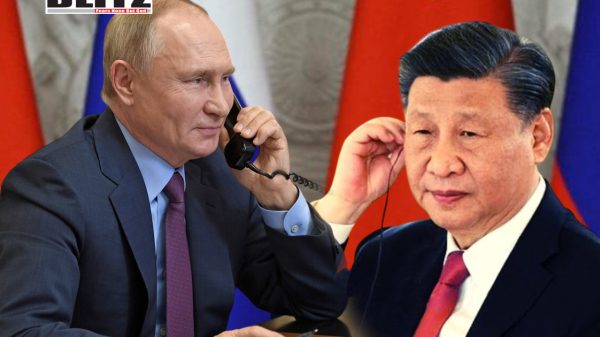
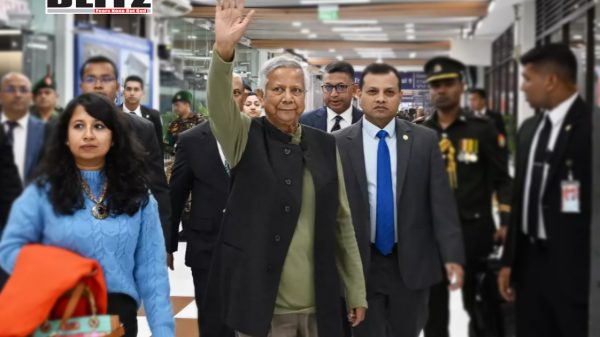
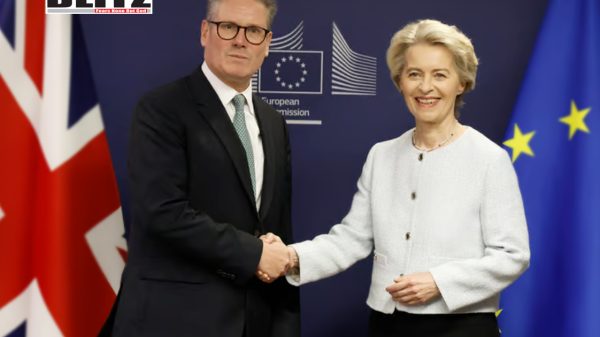
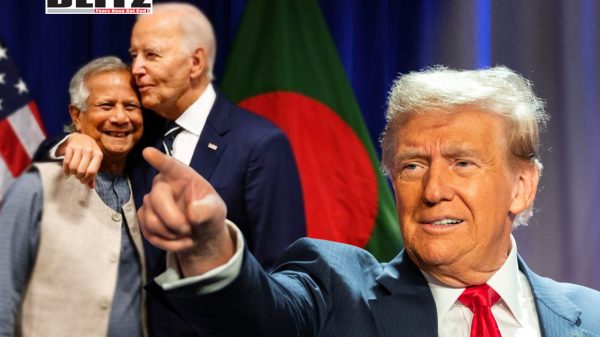

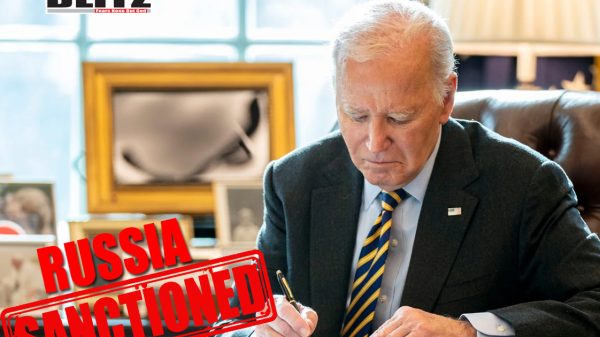
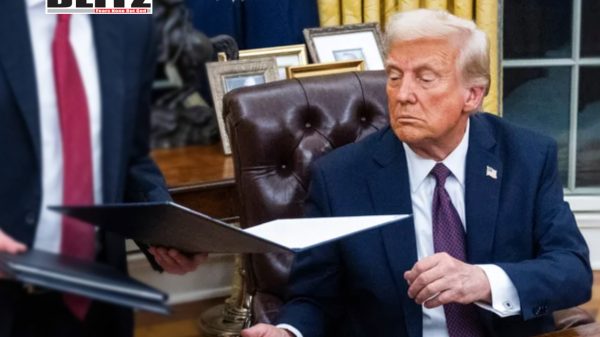
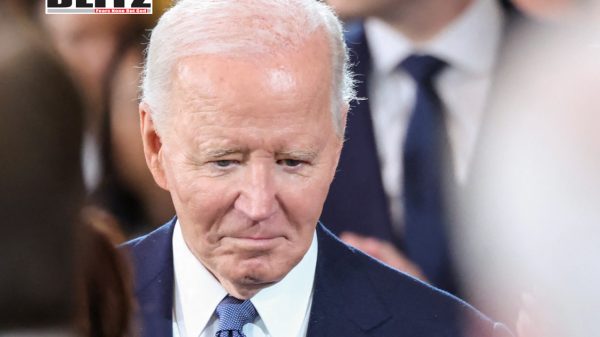
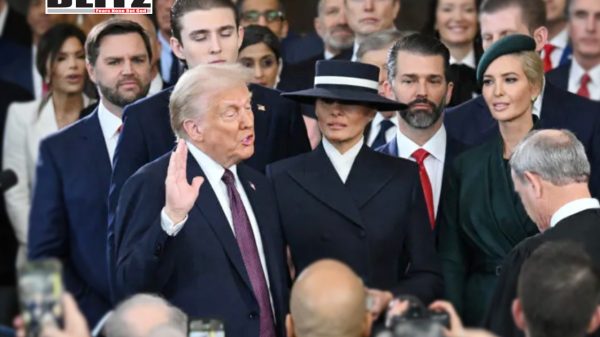
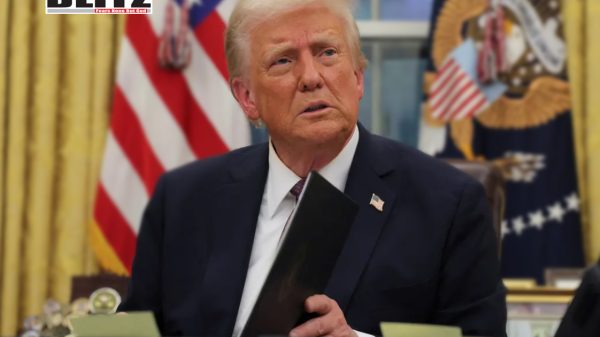
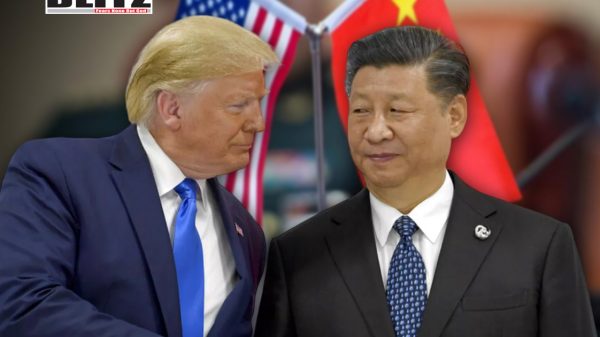

Leave a Reply